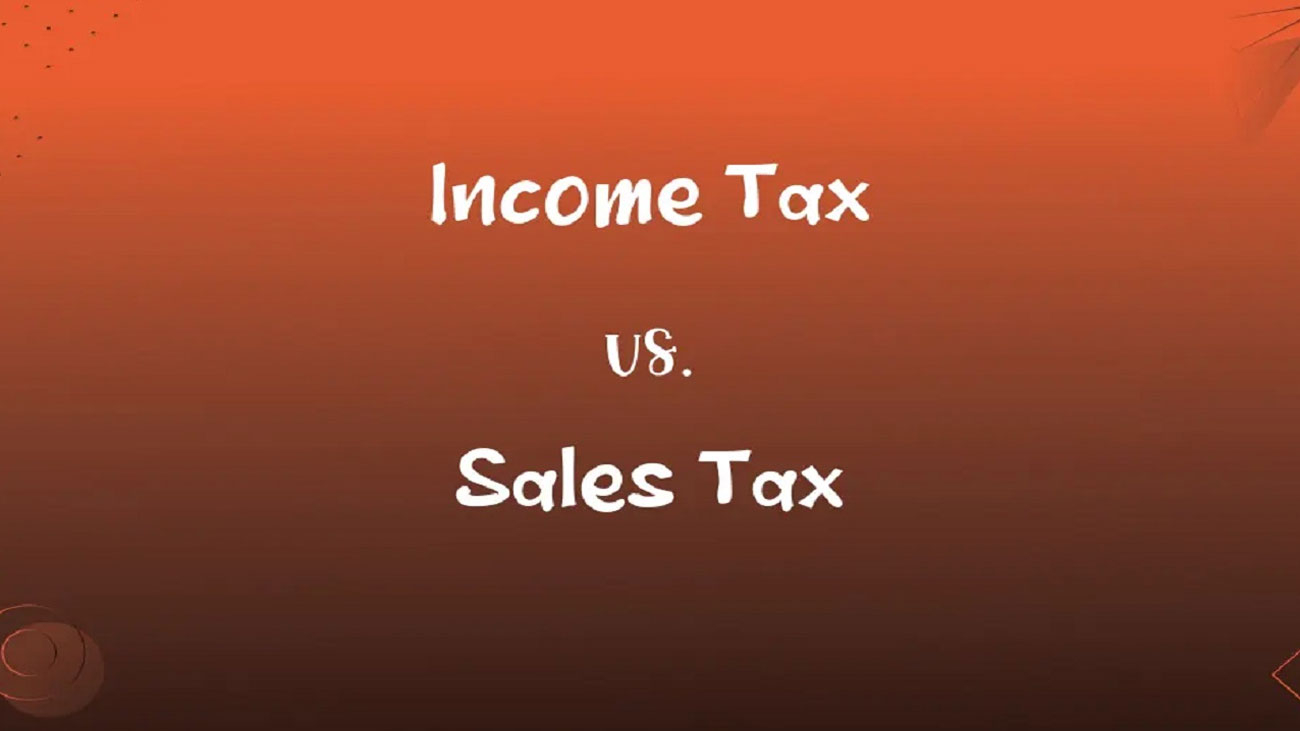Taxation is an intricate aspect of any economy, and two prevalent types that individuals and businesses encounter are income tax and sales tax. While both contribute to government revenue, they operate on different principles and affect various facets of financial transactions.
Income Tax:
Income tax is a direct tax levied on an individual’s or entity’s income, typically calculated as a percentage of total earnings. It encompasses various sources of income, including wages, salaries, business profits, capital gains, and rental income. The progressive nature of income tax means that higher earners are subjected to higher tax rates. Individuals and businesses are required to report their income and deductions annually, and the tax liability is determined based on the applicable tax brackets. Governments utilize income tax revenue to fund public services, infrastructure, and social programs.
Sales Tax:
On the other hand, sales tax is an indirect tax imposed on the sale of goods and services at the point of purchase. Unlike income tax, which targets earnings, sales tax focuses on consumption. The tax is added to the retail price of goods or services, and consumers bear the burden of paying it. Businesses collect and remit the sales tax to the government. The rate of sales tax can vary by jurisdiction and may apply at the state, county, or municipal levels. Sales tax revenue is a significant source of funding for local and state governments, supporting public services and community development.
Key Differences:
Tax Base: Income tax is based on an individual’s or business’s earnings, while sales tax is based on the consumption of goods and services.
Collection Point: Income tax is typically collected annually and is based on the total income for a specific period. In contrast, sales tax is collected at the point of sale when a consumer makes a purchase.
Burden of Payment: Income tax is borne by the individual or entity earning the income, while sales tax is ultimately paid by the end consumer.
Progressivity: Income tax is often progressive, with higher earners paying a higher percentage of their income. Sales tax is generally regressive, as it takes a larger proportion of income from lower-income individuals who spend a higher percentage of their earnings on goods and services.
Understanding the distinctions between income tax and sales tax is crucial for individuals and businesses to navigate the tax landscape effectively. Whether planning personal finances or managing business operations, awareness of these differences enables informed decision-making and compliance with tax obligations.


Add a Comment